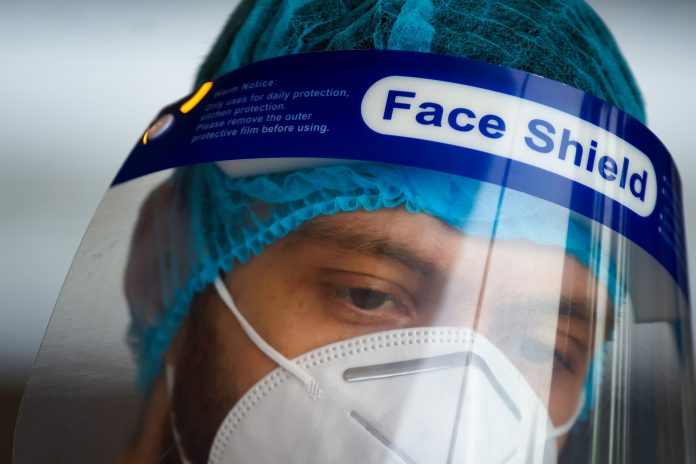UK scientists witnessed how COVID-19 can mutate in a highly vulnerable patient, even when that person is undergoing convalescent plasma treatment
On Friday, scientists at Cambridge University released new data about how COVID-19 is mutating in real-time.
They found that mutations similar to the infamous B117 variant can be created in the body, when a patient is severely immunocompromised or needs treatment for a long period of time. This window found in patients with chronic infection gives the virus “multiple opportunities to evolve,” according to the scientists who worked on this study.
The case of the patient who experienced a mutation
An individual in his seventies had previously been diagnosed with marginal B cell lymphoma, recently receiving chemotherapy. His immune system was one of the weakest possible, as a result. He was given the antiviral drug remdesivir, and convalescent plasma 0 aka, antibodies from the blood of other survivors.
All of this only temporarily stabilised him.
He was admitted to the ICU at Addenbrooke’s Hospital, part of Cambridge University Hospitals NHS Foundation Trust, and then later died.
But in his blood, the research team saw a mutation being created before their eyes. The ΔH69/ΔV70 amino acid deletion in part of the spike protein is one of the key changes in this variant – making it twice as infectious as the original virus.
They saw this happen in the patient while he was alive, which is the first time that scientists in the UK have seen this happen. The spike mutation has been detected many times, but never witnessed in creation.
Did the convalescent plasma treatment make a difference?
Professor Ravi Gupta from the Cambridge Institute of Therapeutic Immunology & Infectious Disease, who led the research, said: “What we were seeing was essentially a competition between different variants of the virus, and we think it was driven by the convalescent plasma therapy.
“The virus that eventually won out – which had the D796H mutation and ΔH69/ΔV70 deletions – initially gained the upper hand during convalescent plasma therapy before being overtaken by other strains, but re-emerged when the therapy was resumed. One of the mutations is in the new UK variant, though there is no suggestion that our patient was where they first arose.”
“Given that both vaccines and therapeutics are aimed at the spike protein, which we saw mutate in our patient, our study raises the worrying possibility that the virus could mutate to outwit our vaccines.
“This effect is unlikely to occur in patients with functioning immune systems, where viral diversity is likely to be lower due to better immune control. But it highlights the care we need to take when treating immunocompromised patients, where prolonged viral replication can occur, giving greater opportunity for the virus to mutate.”











